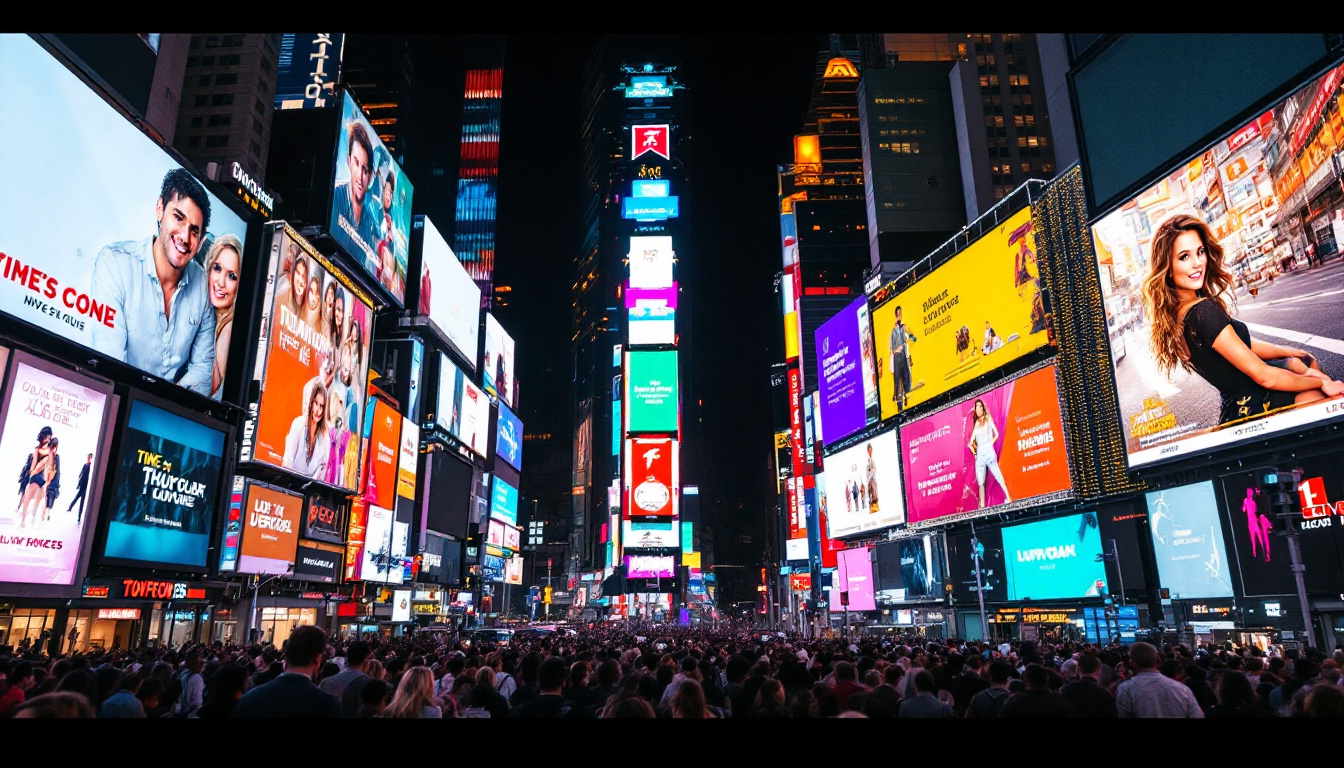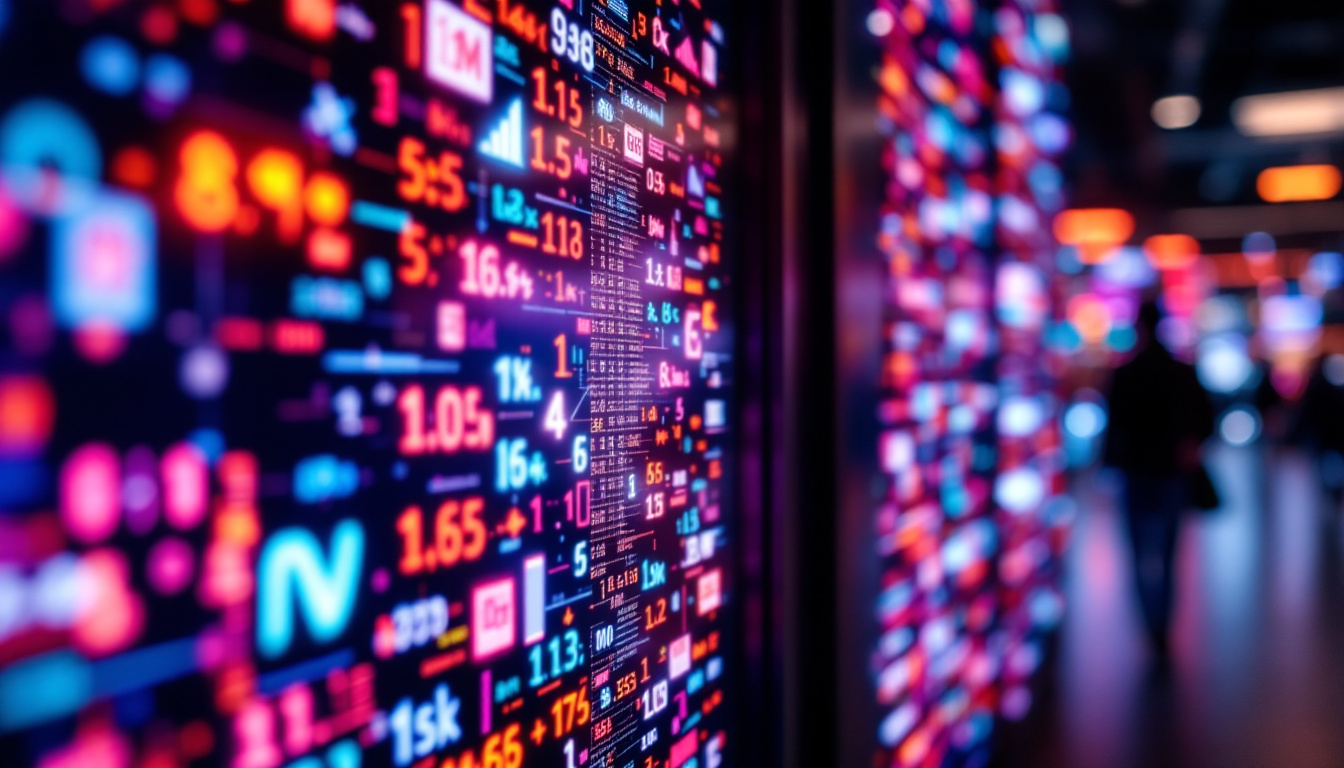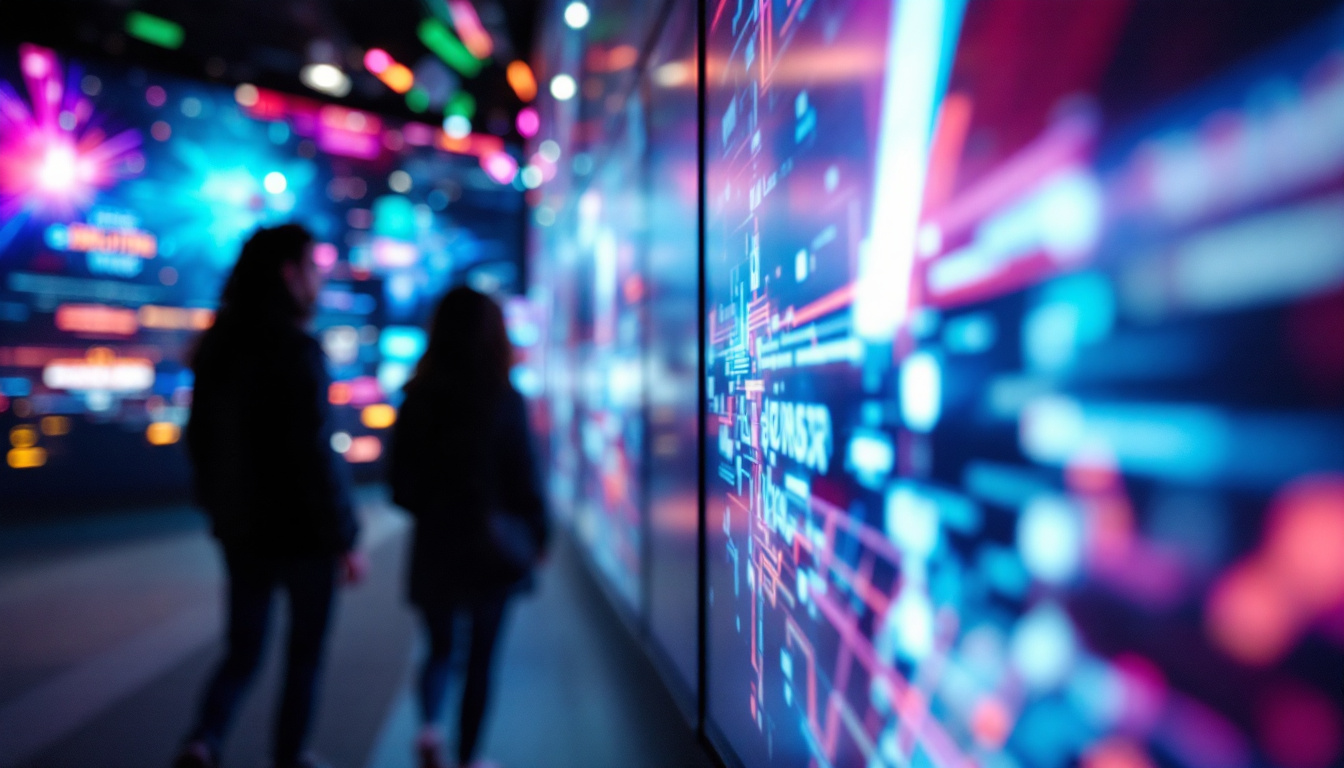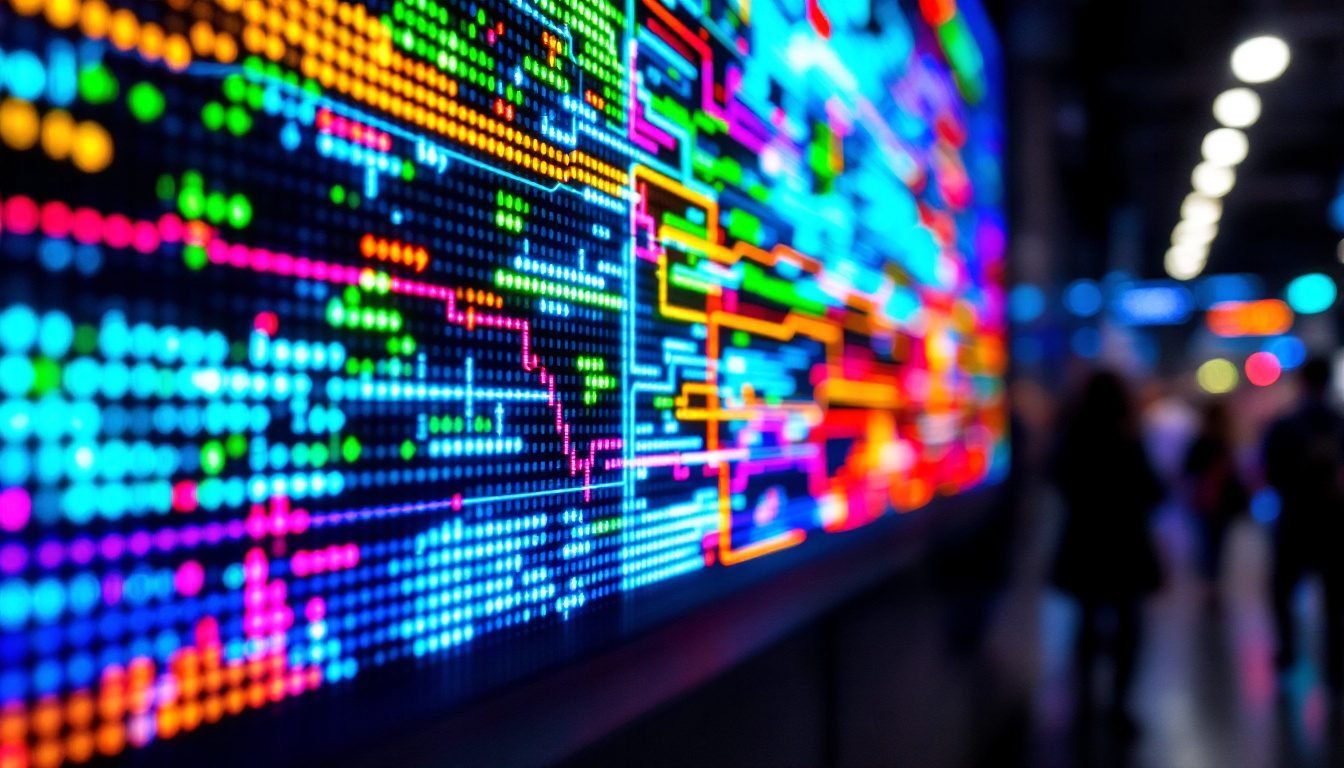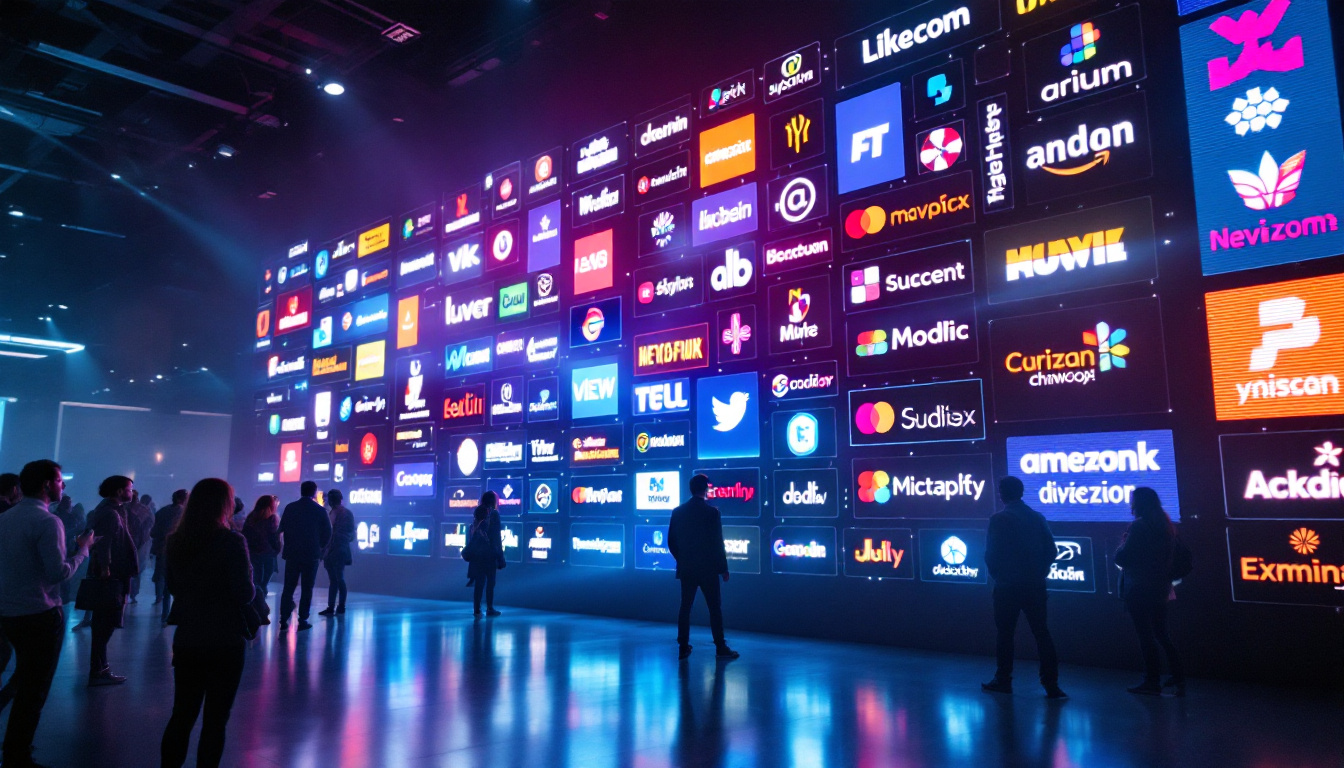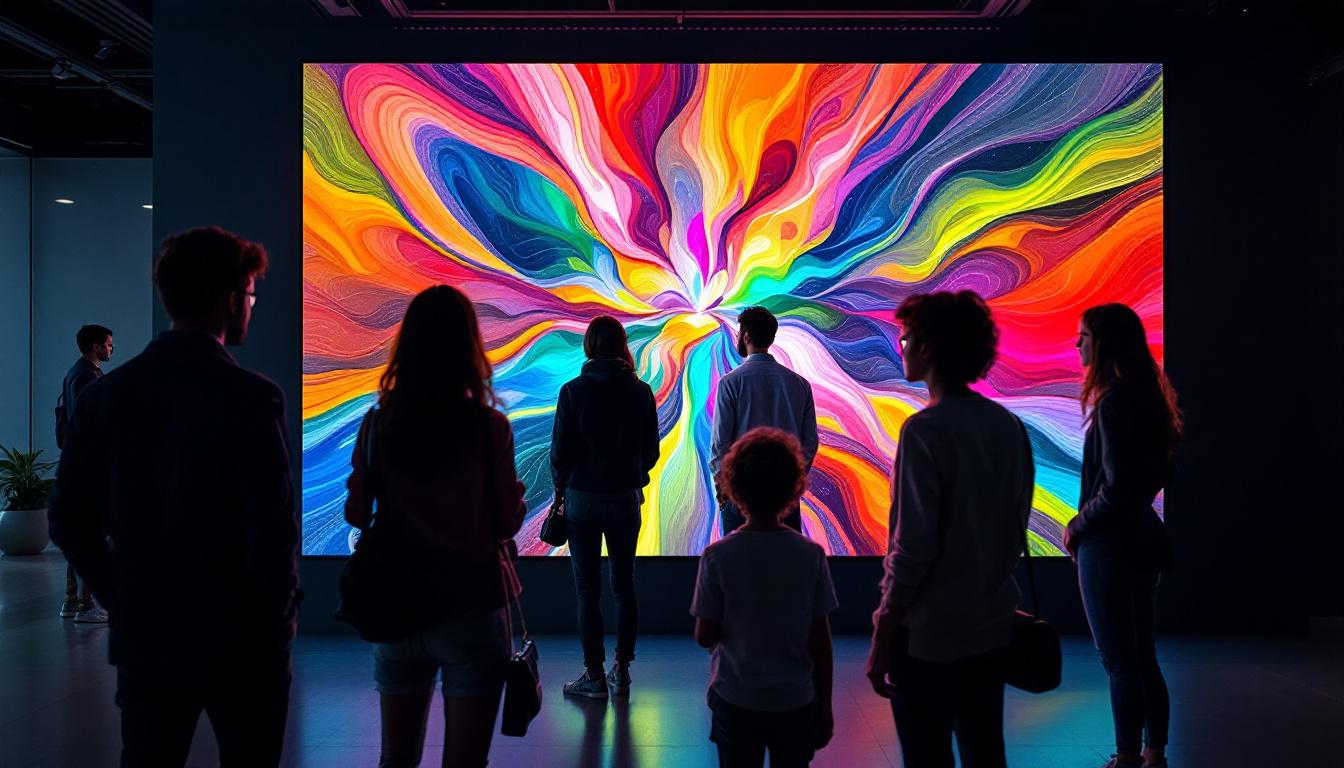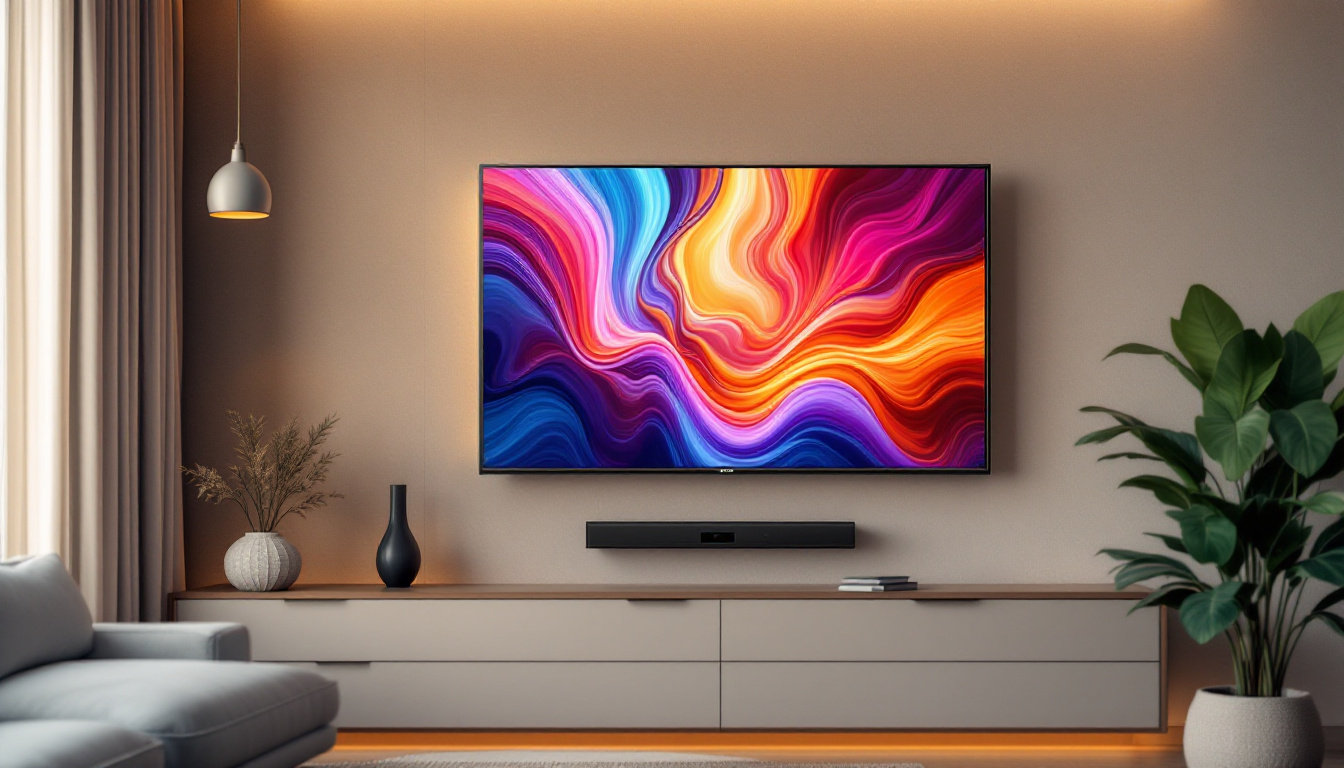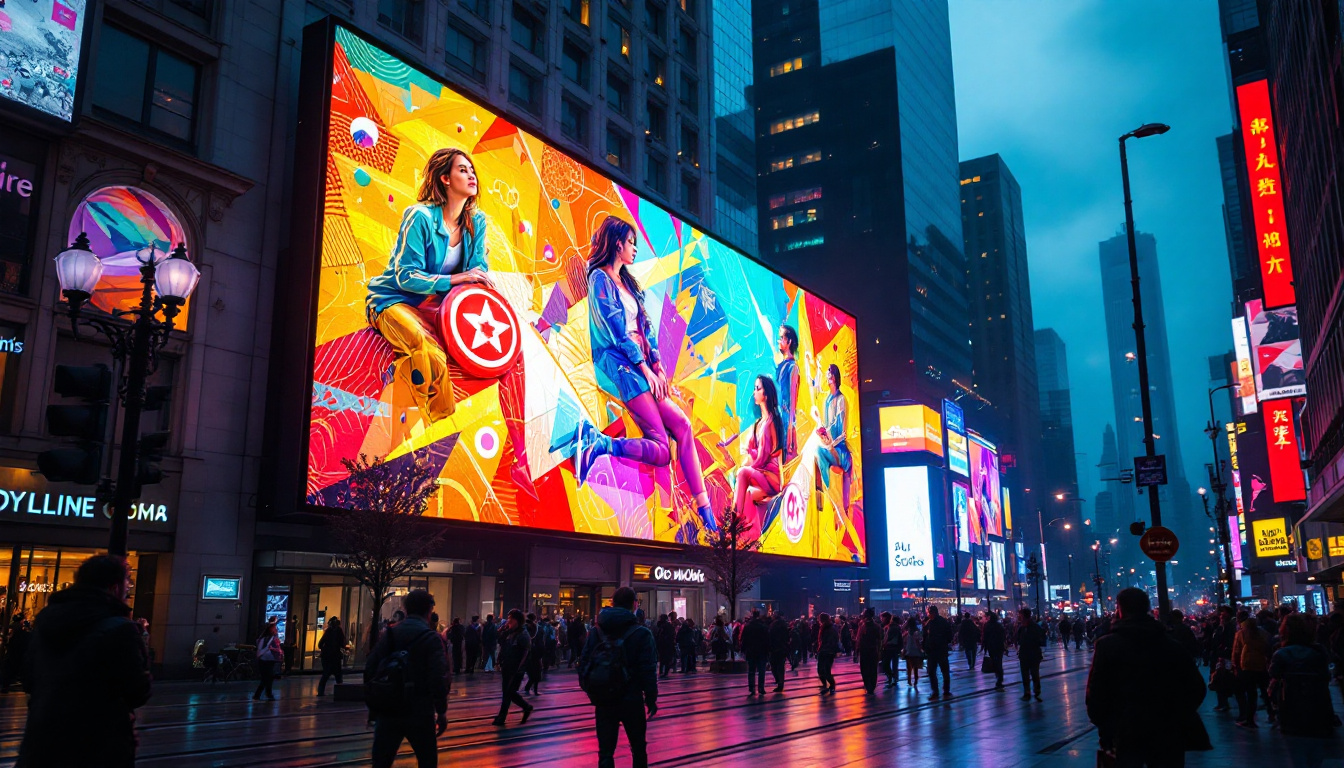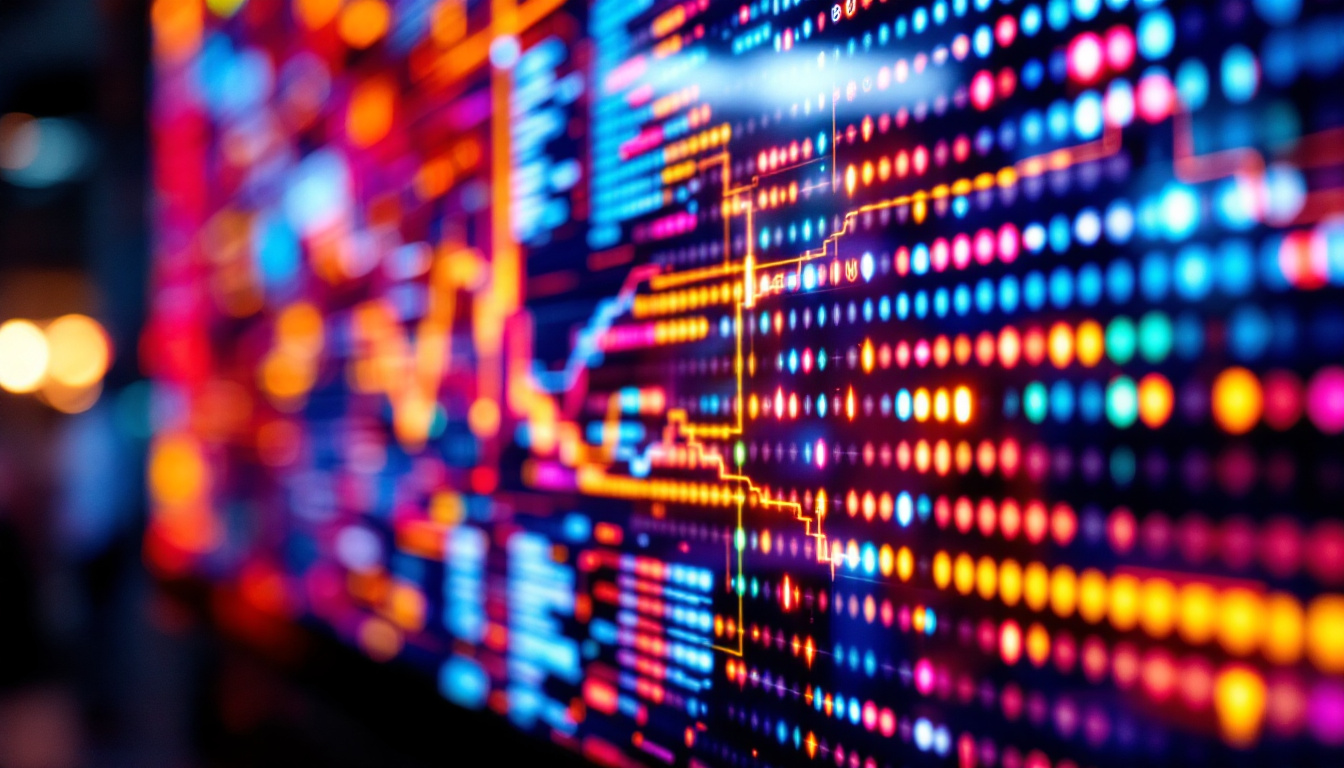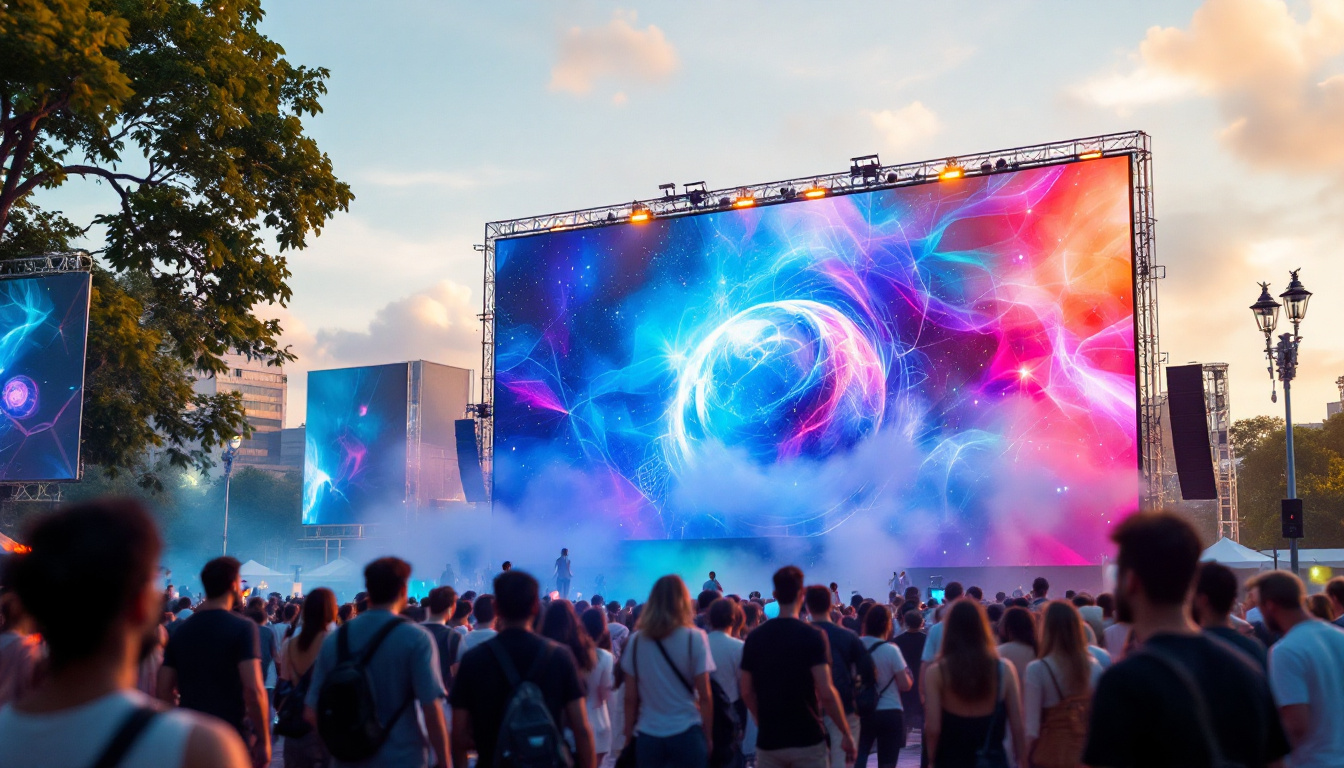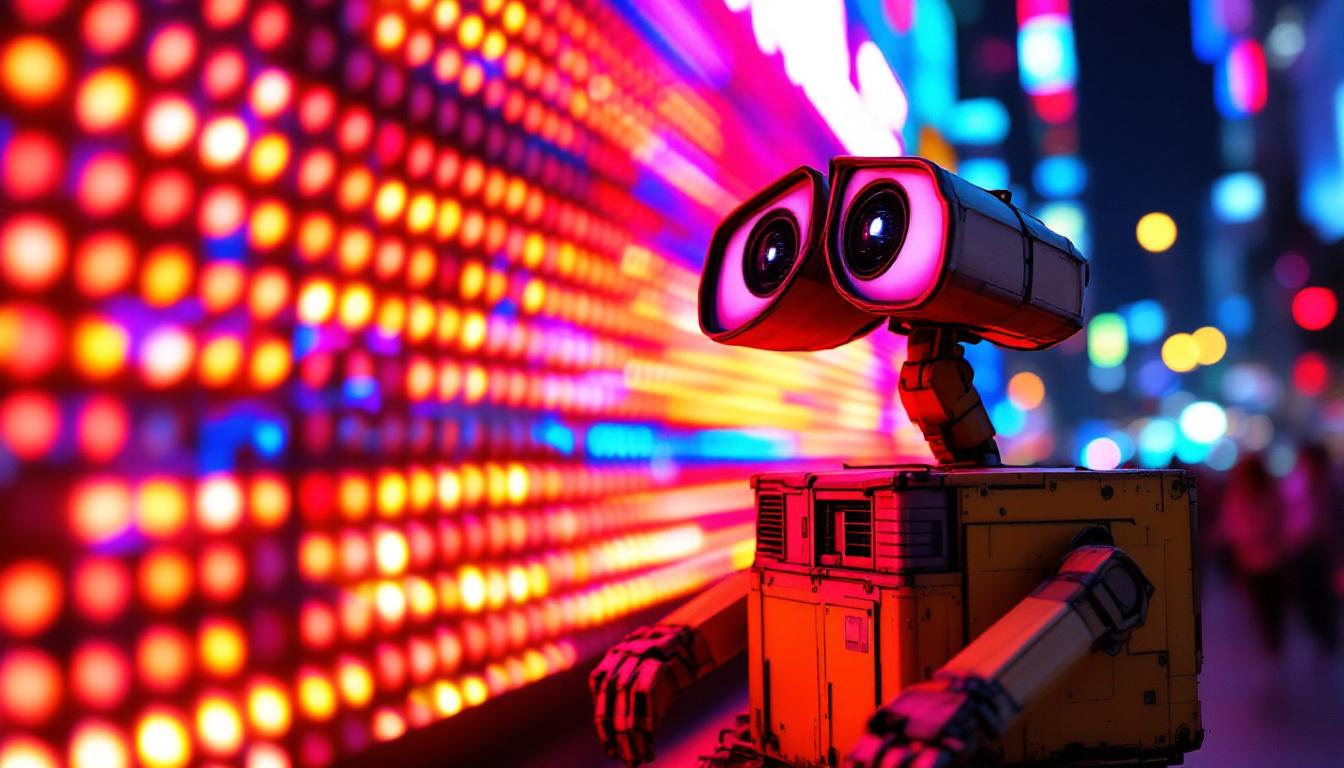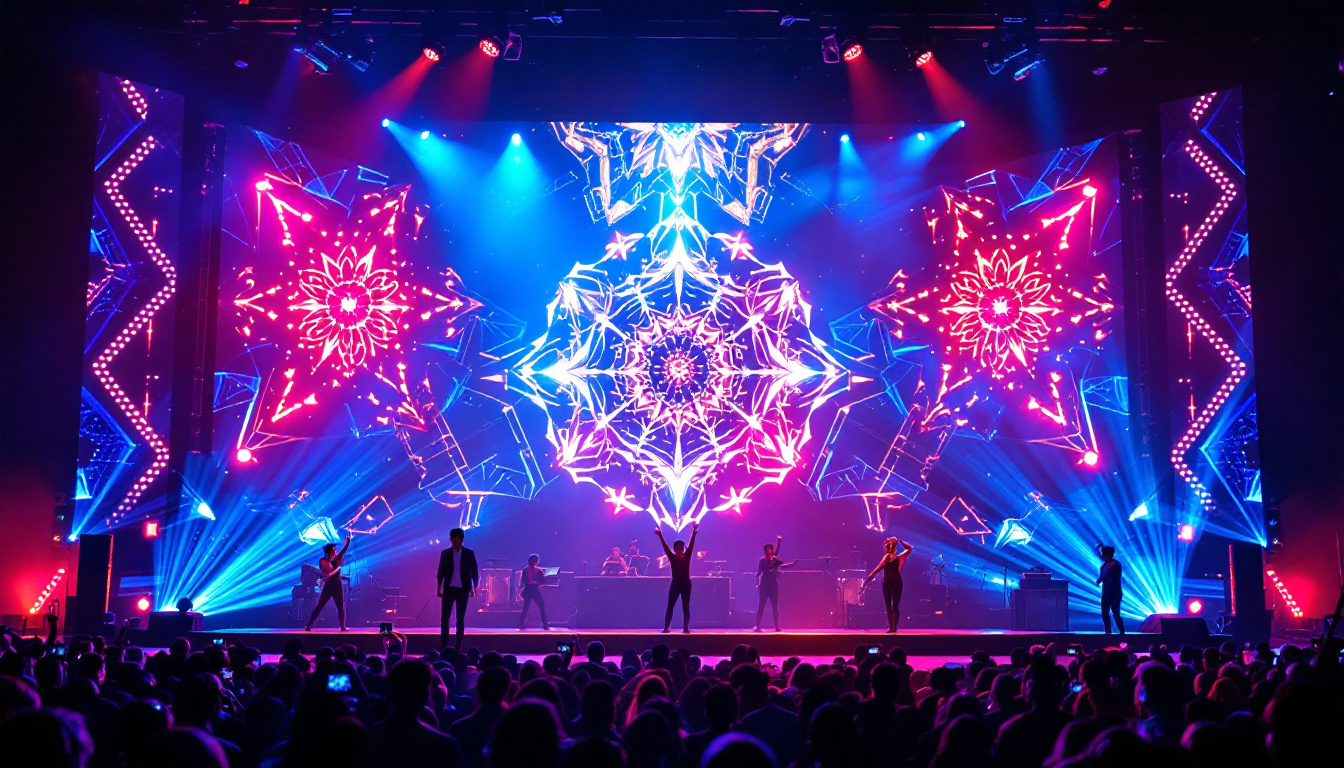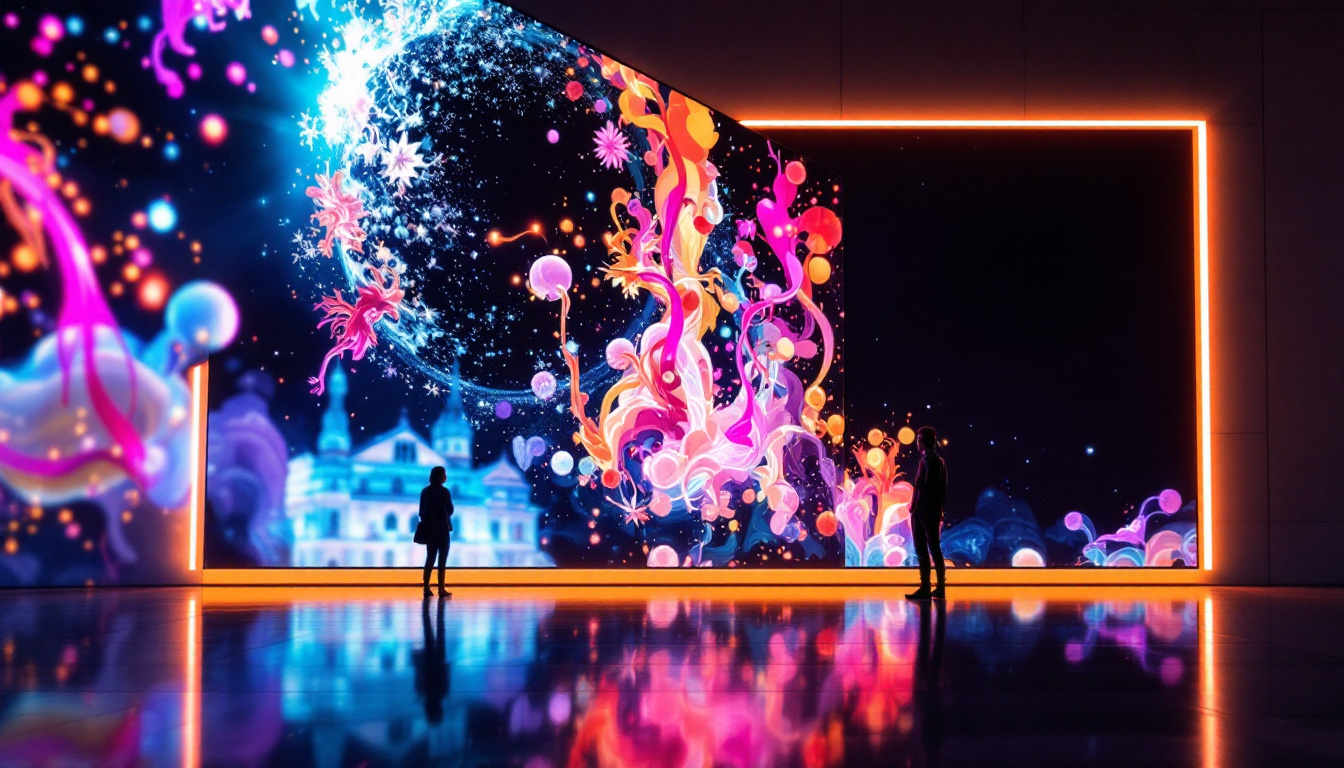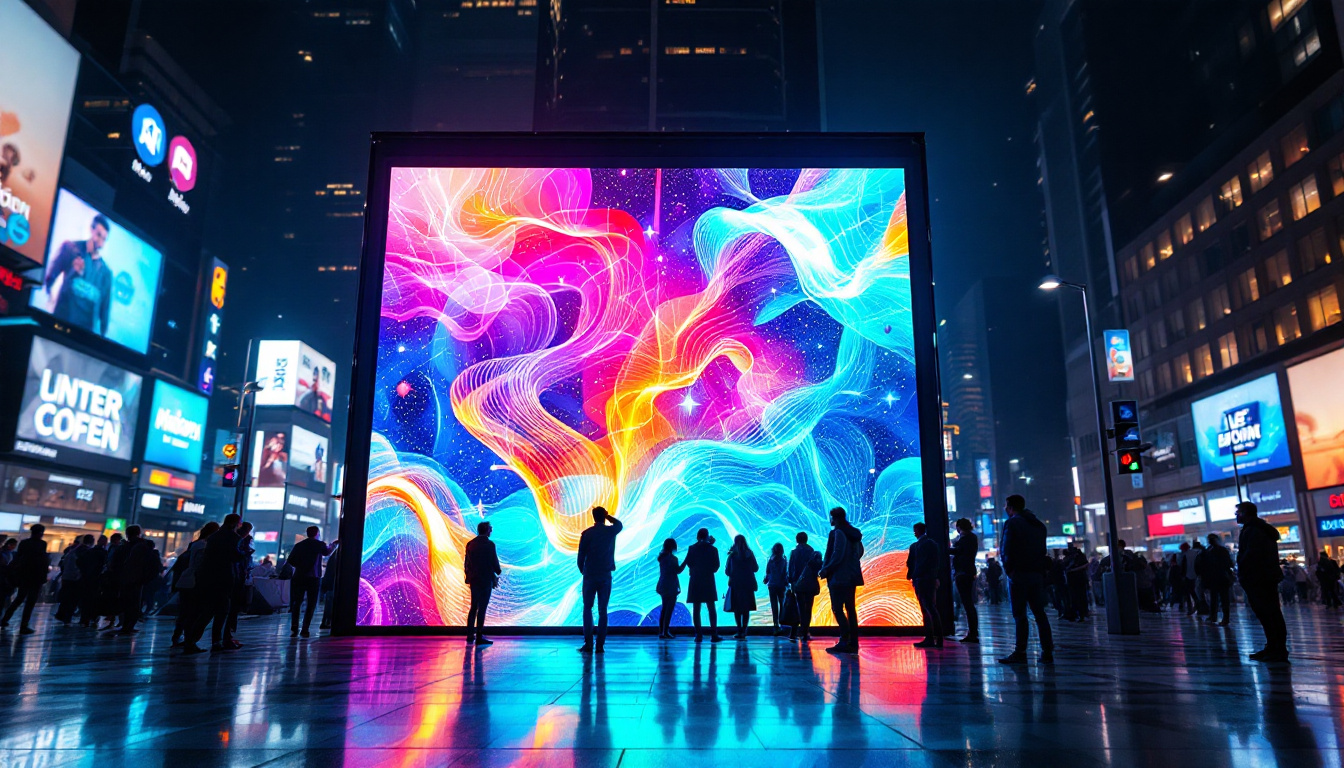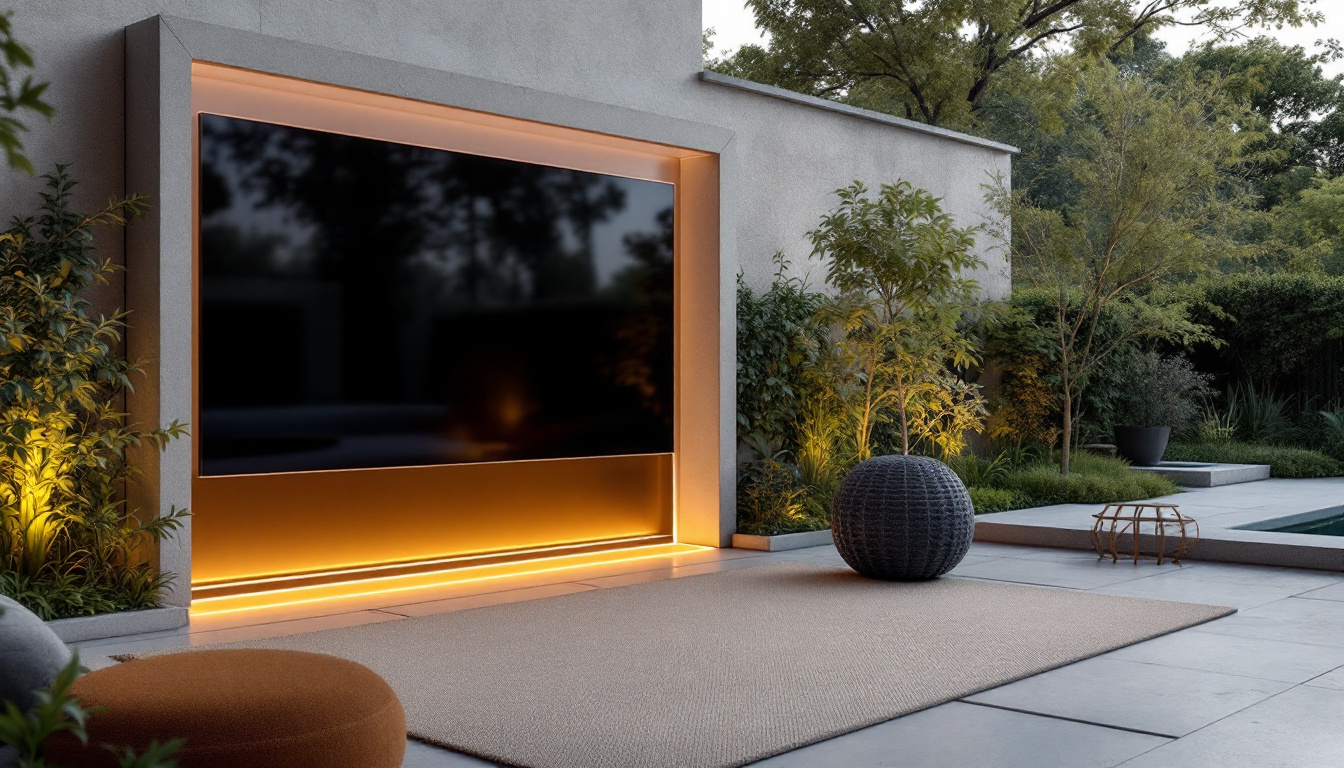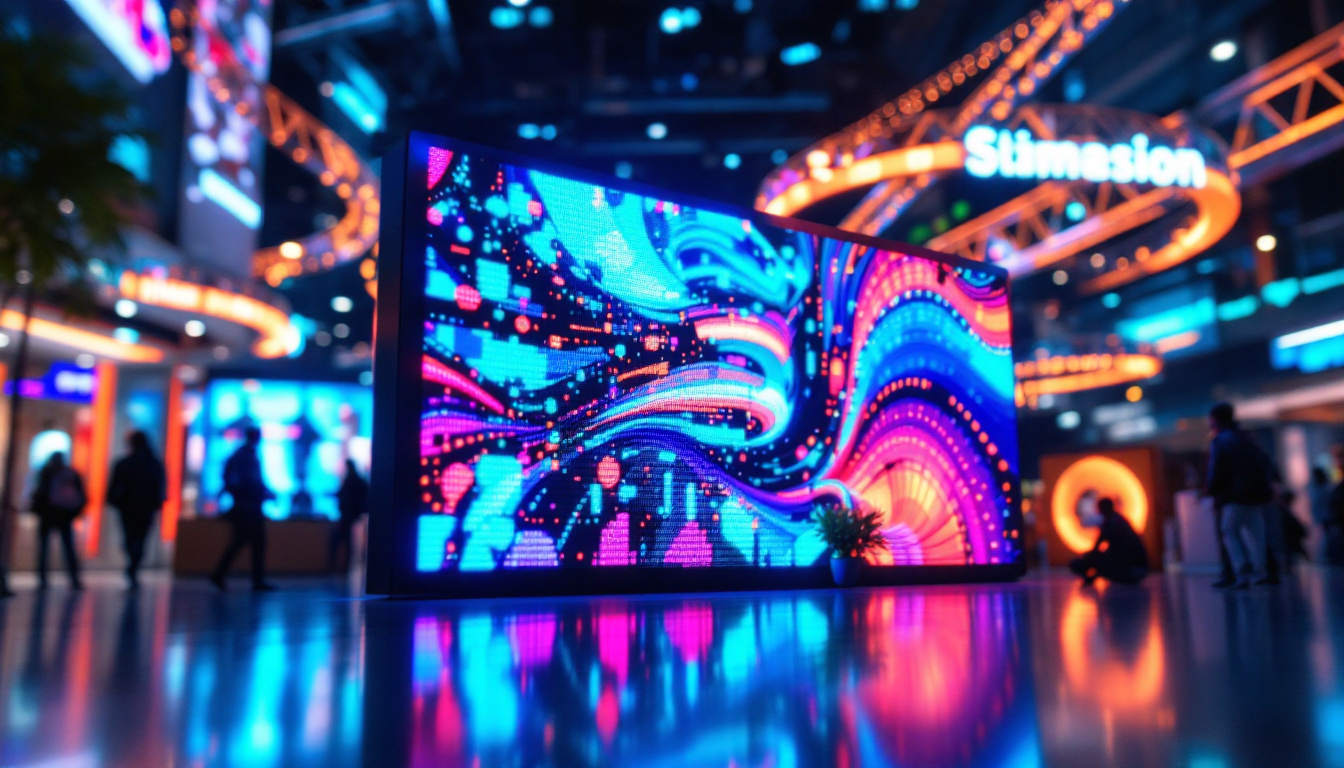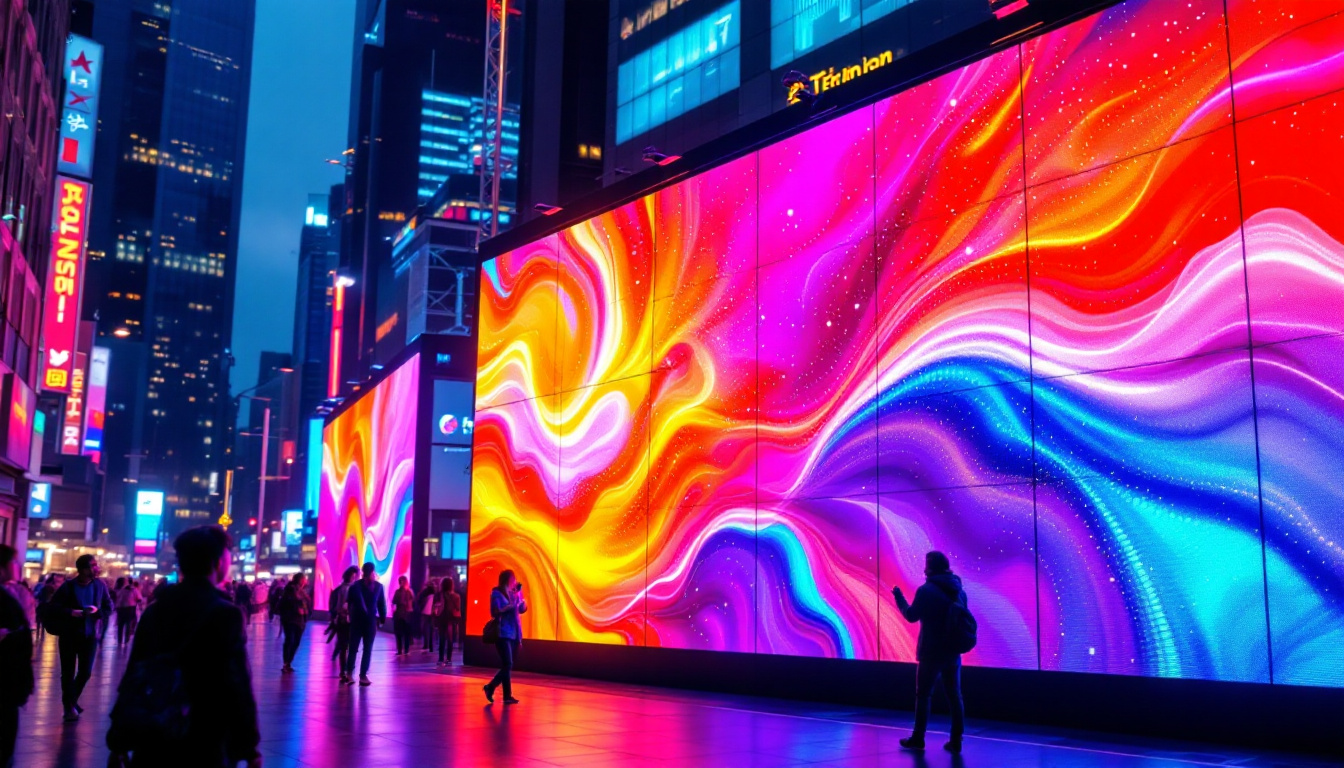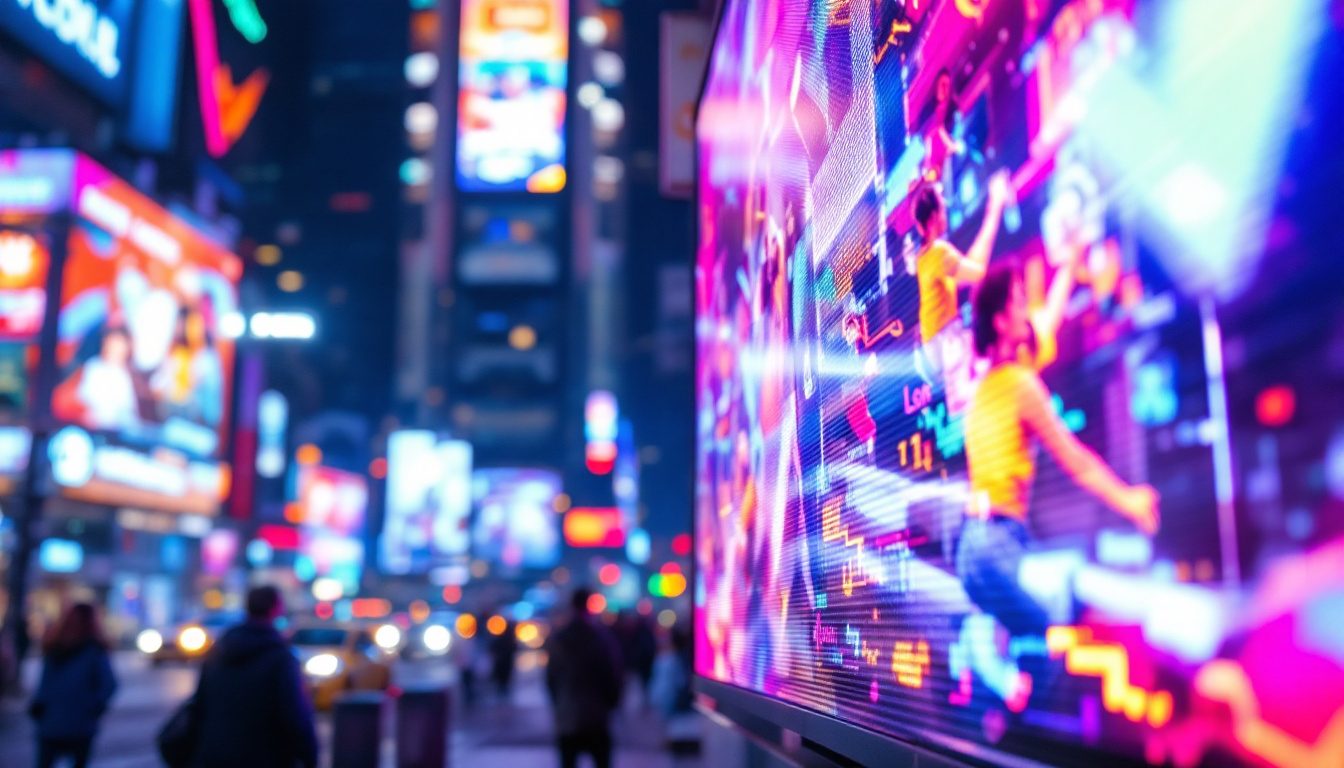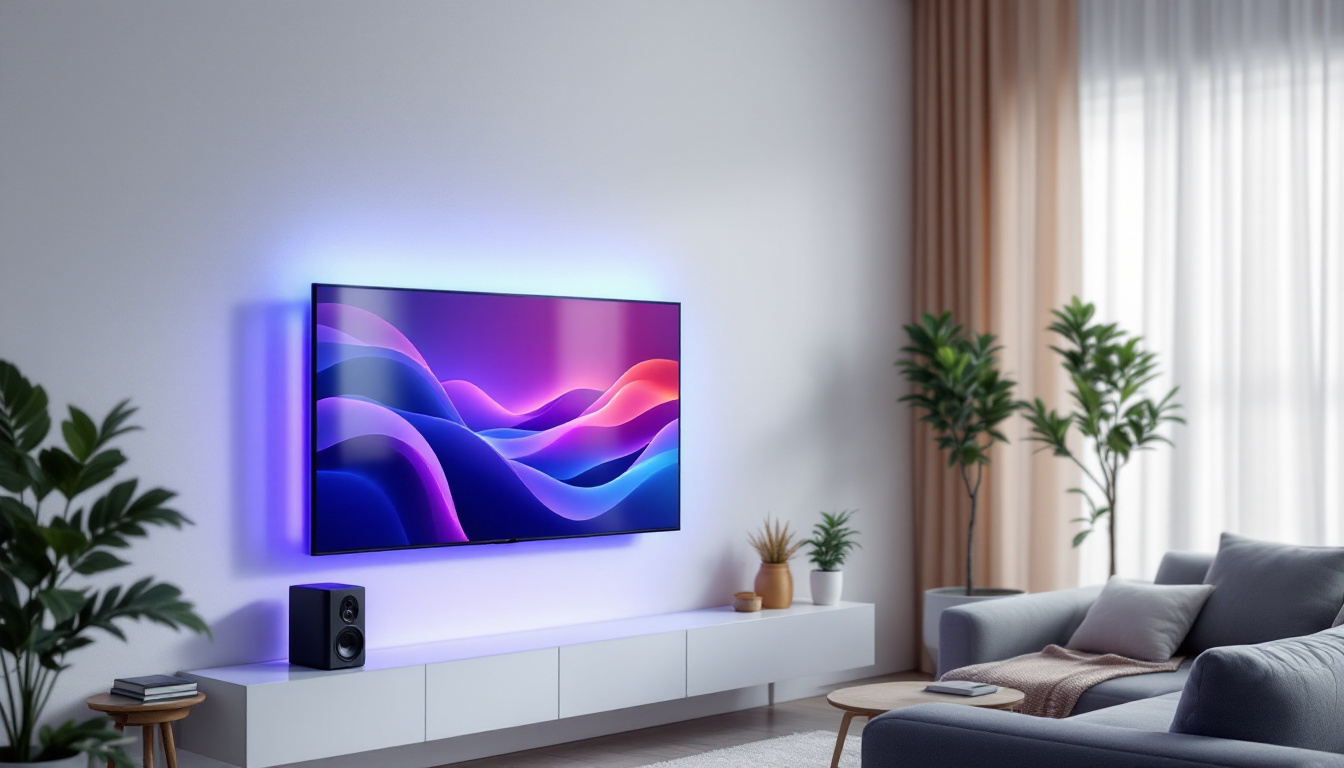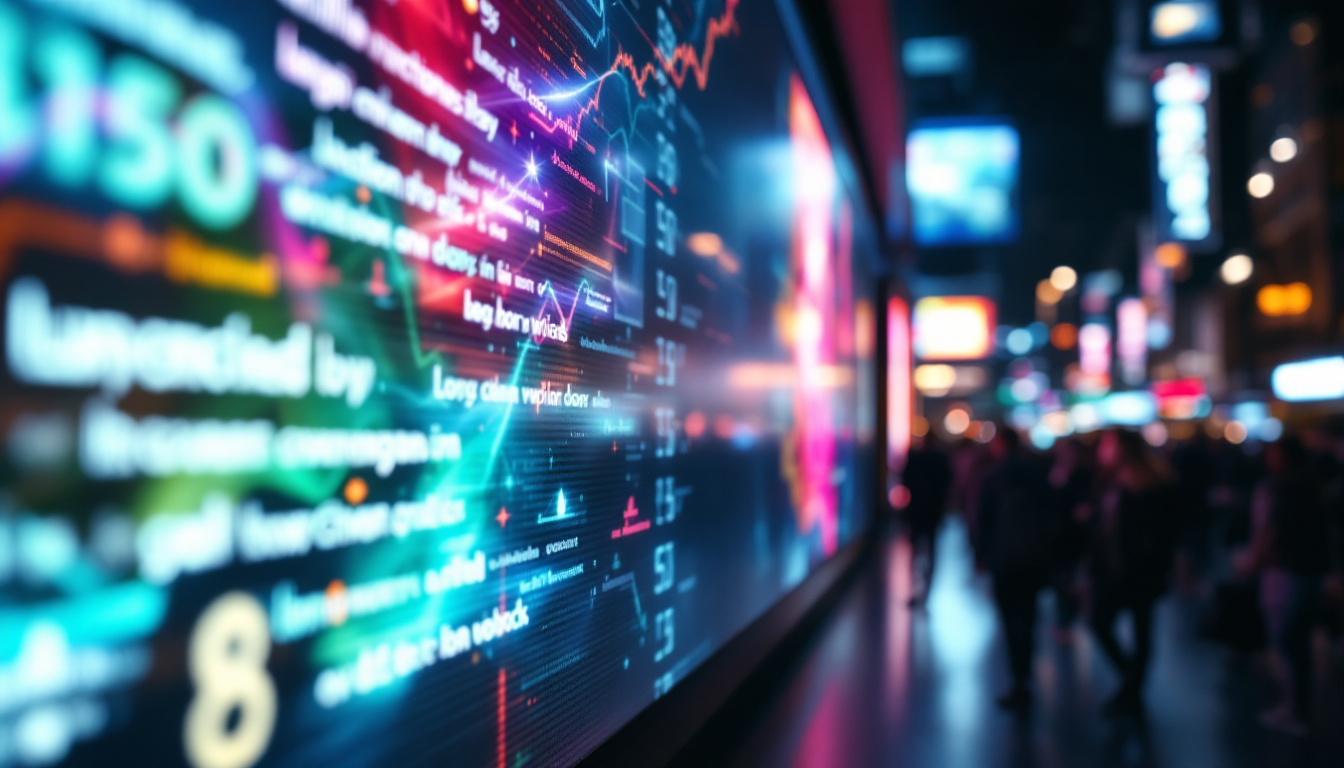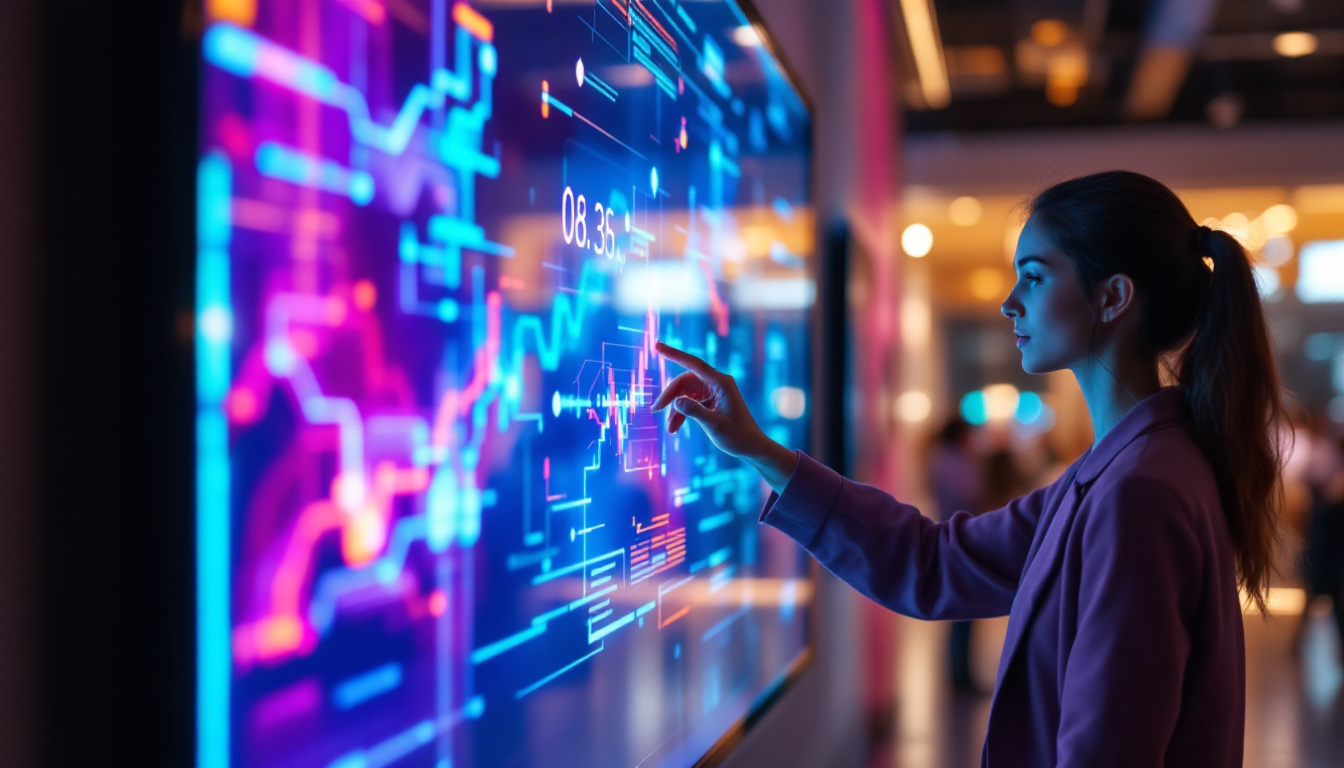In the ever-evolving world of technology, LED displays have become a cornerstone of modern visual communication. From televisions to computer monitors, the versatility and efficiency of LED (Light Emitting Diode) technology have transformed how we interact with digital content. This article delves into the intricacies of LED displays, highlighting their advantages, applications, and the underlying technology that makes them so popular.
Understanding LED Technology
At its core, LED technology relies on the principle of electroluminescence, where a material emits light in response to an electric current. This phenomenon is harnessed in various applications, particularly in display technology. The versatility of LEDs has not only transformed the lighting industry but has also paved the way for innovations in consumer electronics, automotive lighting, and even architectural design.
How LEDs Work
LEDs consist of a semiconductor material that emits light when an electric current passes through it. The color of the light emitted depends on the materials used in the semiconductor. For instance, using gallium nitride results in blue light, while gallium phosphide produces green light. By combining different colors, manufacturers can create a full spectrum of colors for displays. This ability to manipulate light at the semiconductor level has led to the development of advanced technologies such as color-changing LEDs, which can be programmed for various applications, from ambient lighting to dynamic advertising displays.
One of the significant advantages of LEDs is their energy efficiency. Unlike traditional incandescent bulbs, which convert a large portion of energy into heat, LEDs produce very little heat, making them more efficient and longer-lasting. This efficiency translates into lower power consumption, which is a critical factor for both consumers and businesses. Additionally, the longevity of LEDs—often lasting up to 25,000 hours or more—means reduced maintenance costs and less frequent replacements, further contributing to their appeal in both residential and commercial settings.
Types of LED Displays
LED displays come in various forms, each suited for different applications. The most common types include:
- Direct View LED: These displays are made up of individual LEDs that form the entire screen. They are often used in large outdoor displays and digital billboards, providing vibrant colors and high visibility even in direct sunlight. Their modular design allows for easy scaling to any size, making them ideal for concerts, sports events, and advertising.
- LED-backlit LCD: In this configuration, traditional LCD panels are illuminated by LED backlights. This combination offers improved brightness and color accuracy compared to standard LCDs. The use of local dimming technology in LED-backlit LCDs further enhances contrast ratios, making them suitable for a wide range of applications, from home entertainment systems to professional monitors.
- Organic LED (OLED): OLED technology uses organic compounds to emit light. This allows for thinner displays with better contrast and color accuracy, making them popular in high-end televisions and smartphones. The flexibility of OLEDs also enables innovative designs, such as curved screens and foldable devices, pushing the boundaries of what is possible in display technology.
In addition to these types, there are also specialized LED displays, such as MicroLEDs, which are gaining traction for their ability to deliver exceptional resolution and color performance without the drawbacks of traditional display technologies. MicroLEDs consist of microscopic LEDs that can be arranged in various configurations, offering the potential for seamless large-scale displays that are both lightweight and energy-efficient. As the technology continues to evolve, we can expect to see even more exciting developments in the realm of LED displays, further enhancing our visual experiences in everyday life.
Benefits of LED Displays
LED displays offer a myriad of benefits that contribute to their widespread adoption across various industries. Understanding these advantages can help consumers and businesses make informed decisions when selecting display technology.
Energy Efficiency
One of the most significant benefits of LED displays is their energy efficiency. Compared to traditional display technologies, LEDs consume considerably less power. This not only reduces electricity bills but also minimizes environmental impact, making LEDs a more sustainable choice.
Moreover, the longevity of LED displays means that they require less frequent replacements, further lowering overall costs. Many LED displays can last up to 50,000 hours or more, which is several times longer than traditional displays.
Superior Image Quality
LED displays are renowned for their superior image quality. They offer vibrant colors, high contrast ratios, and sharp images, making them ideal for applications where visual clarity is paramount. The ability to produce deep blacks and bright whites enhances the viewing experience, whether in a home theater or a professional setting.
Additionally, advancements in LED technology, such as HDR (High Dynamic Range), have further improved image quality by expanding the range of colors and brightness levels. This technology allows for more realistic and immersive viewing experiences.
Versatility and Flexibility
LED displays are incredibly versatile, making them suitable for a wide range of applications. From large outdoor billboards to small handheld devices, LEDs can be adapted to various sizes and formats. This adaptability allows for creative installations, such as curved displays and interactive screens.
Furthermore, LED technology can be integrated into different environments, including retail spaces, corporate offices, and public venues. This flexibility has made LEDs the go-to choice for digital signage and advertising.
Applications of LED Displays
The applications of LED displays are vast and varied, spanning multiple industries and sectors. Their ability to deliver high-quality visuals makes them a preferred choice for numerous use cases.
Advertising and Marketing
One of the most prominent applications of LED displays is in advertising and marketing. Digital billboards and signage utilize LED technology to capture the attention of passersby with vibrant colors and dynamic content. These displays can be easily updated, allowing businesses to promote new products or services in real-time.
Moreover, the ability to create eye-catching animations and videos enhances the effectiveness of advertising campaigns. LED displays can convey messages more engagingly than static billboards, leading to higher consumer engagement and brand recognition.
Entertainment and Events
In the entertainment industry, LED displays play a crucial role in enhancing the audience experience. Concerts, festivals, and sporting events often feature large LED screens that display live feeds, graphics, and animations. These displays help create an immersive atmosphere, allowing attendees to feel more connected to the event.
Additionally, LED technology is widely used in theaters and cinemas, where it enhances visual storytelling. The ability to produce vibrant colors and deep blacks significantly improves the overall cinematic experience.
Corporate and Educational Settings
LED displays are also increasingly used in corporate and educational environments. In offices, large LED screens serve as presentation tools, displaying data and visuals during meetings. Their clarity and brightness ensure that everyone in the room can see the content, facilitating better communication and collaboration.
In educational settings, LED displays are used in classrooms and lecture halls to enhance learning experiences. Interactive LED boards allow for dynamic teaching methods, engaging students and encouraging participation.
Challenges and Considerations
While LED displays offer numerous advantages, there are also challenges and considerations that consumers and businesses should keep in mind when investing in this technology.
Initial Costs
One of the primary challenges associated with LED displays is their initial cost. High-quality LED screens can be expensive, which may deter some consumers or businesses from making the investment. However, it is essential to consider the long-term savings associated with energy efficiency and longevity, which can offset the initial expenditure over time.
Additionally, as technology continues to advance, the prices of LED displays are gradually decreasing, making them more accessible to a broader audience.
Viewing Angles and Brightness
Another consideration is the viewing angle and brightness of LED displays. While many LED screens offer excellent brightness levels, some may struggle in direct sunlight or brightly lit environments. It is crucial to choose displays specifically designed for outdoor use if they will be exposed to such conditions.
Furthermore, the viewing angle can vary depending on the type of LED display. Some displays may lose color accuracy or brightness when viewed from certain angles, which can impact the overall viewing experience.
Environmental Impact
Although LED displays are generally more energy-efficient than traditional technologies, their production and disposal can still have environmental implications. The manufacturing process involves the use of rare materials, and improper disposal can lead to electronic waste issues.
To mitigate these concerns, consumers and businesses should consider recycling options and choose manufacturers that prioritize sustainable practices in their production processes.
The Future of LED Displays
The future of LED displays looks promising, with ongoing advancements in technology and increasing applications across various sectors. As innovation continues, several trends are emerging that will shape the landscape of LED display technology.
MicroLED Technology
MicroLED technology represents one of the most exciting developments in the LED display industry. This technology utilizes tiny individual LEDs to create displays with incredible resolution and color accuracy. MicroLEDs offer several advantages over traditional LED displays, including higher brightness levels, improved energy efficiency, and the ability to create flexible and transparent screens.
As MicroLED technology matures, it is expected to revolutionize various applications, from consumer electronics to large-scale advertising displays.
Integration with Smart Technology
Another trend is the integration of LED displays with smart technology. As the Internet of Things (IoT) continues to expand, LED displays are becoming increasingly connected, allowing for real-time data integration and interactivity. This integration enables businesses to create dynamic content that responds to audience behavior and preferences.
In retail environments, for example, smart LED displays can analyze foot traffic and adjust advertising content accordingly, providing a more personalized shopping experience.
Sustainable Practices
As sustainability becomes a growing concern for consumers and businesses alike, the LED display industry is also moving towards more eco-friendly practices. Manufacturers are increasingly focusing on reducing the environmental impact of their products by using sustainable materials and implementing recycling programs.
Moreover, advancements in energy-efficient technologies will continue to enhance the sustainability of LED displays, making them an even more attractive option for environmentally conscious consumers.
Conclusion
LED displays have undoubtedly transformed the way we communicate and interact with visual content. Their energy efficiency, superior image quality, and versatility make them a preferred choice across various industries. While challenges exist, ongoing advancements in technology and a focus on sustainability promise a bright future for LED displays.
As businesses and consumers continue to embrace this innovative technology, understanding the intricacies of LED displays will be essential for making informed decisions. Whether for advertising, entertainment, or educational purposes, LED displays are set to remain at the forefront of visual communication for years to come.
Discover LumenMatrix’s Innovative LED Displays
Ready to elevate your visual experience with the latest in LED display technology? Look no further than LumenMatrix, a pioneer in crafting LED display modules that bring your content to life. Whether you’re looking to enhance your brand’s visibility with an Indoor LED Wall Display, captivate passersby with an Outdoor LED Wall Display, or innovate on the move with a Vehicle LED Display, LumenMatrix has a solution tailored to your needs. Our mission is to transform visual communication with digital signage and LED displays that engage and inspire. Don’t miss the opportunity to make a lasting impression. Check out LumenMatrix LED Display Solutions today and see your message shine like never before.



